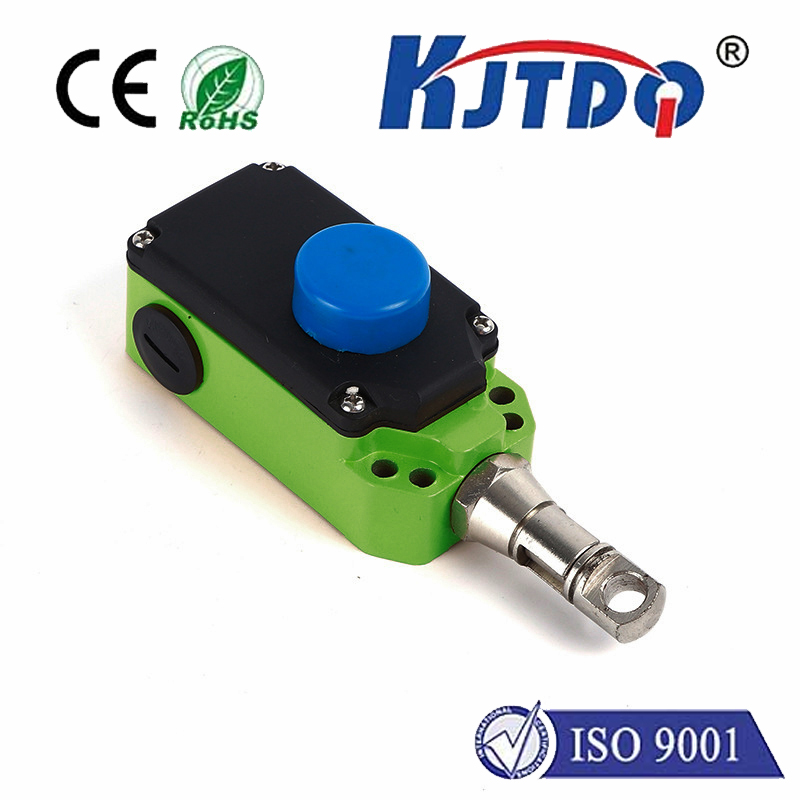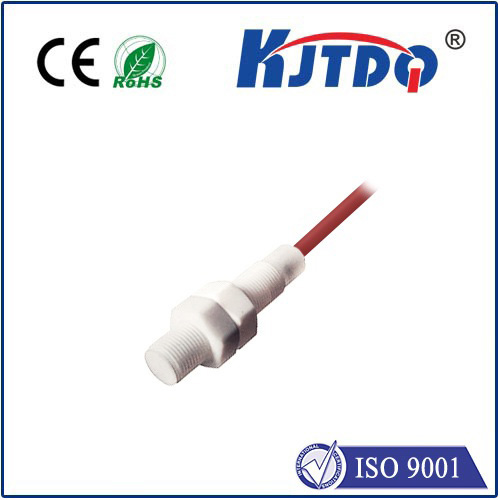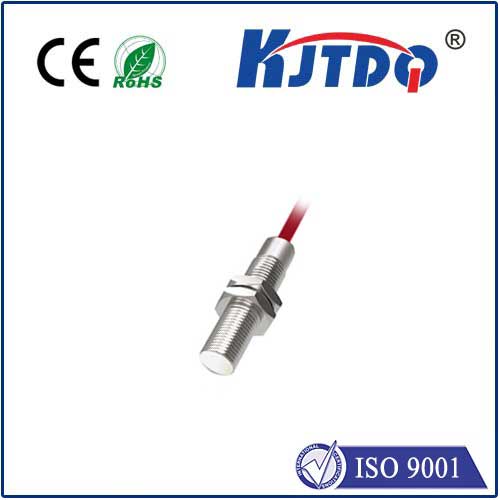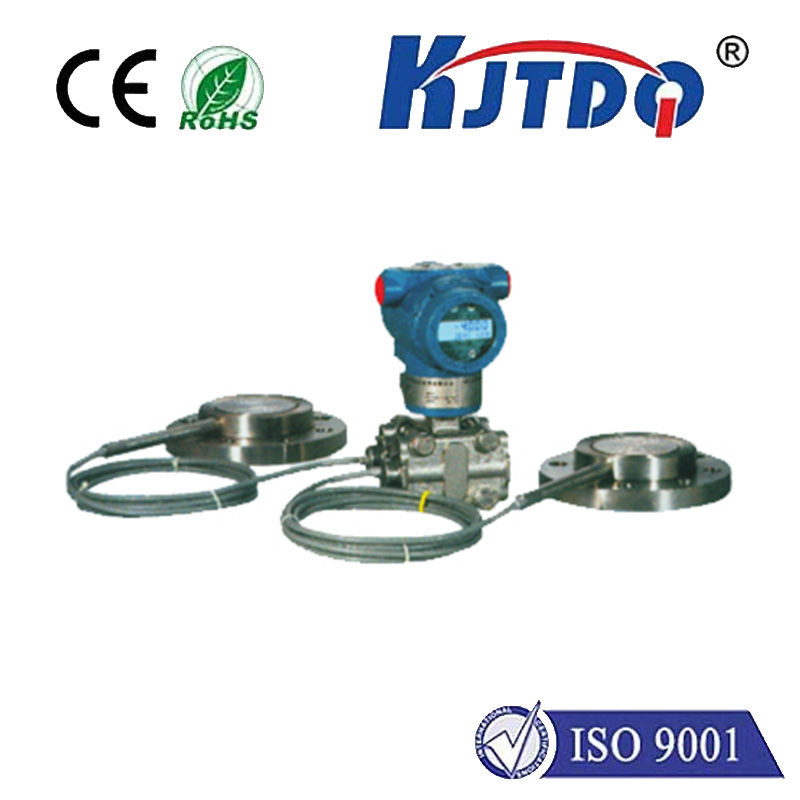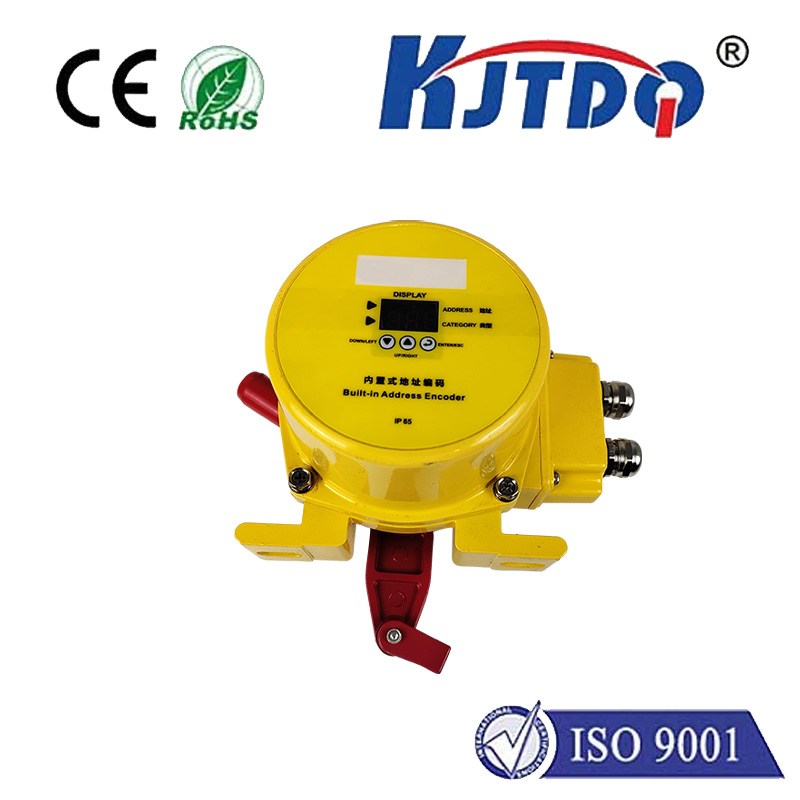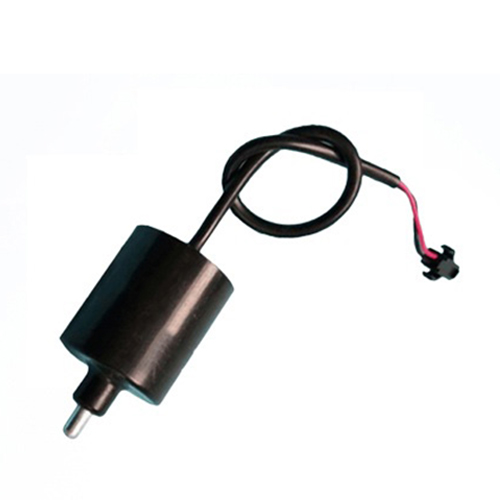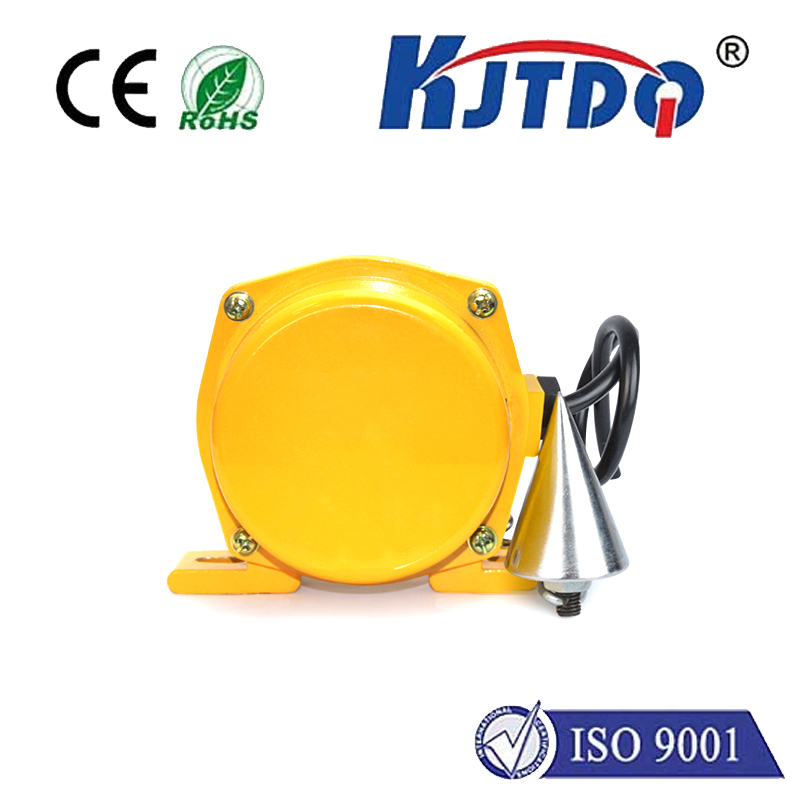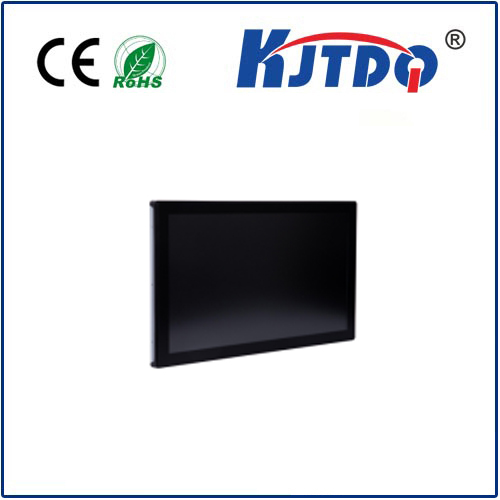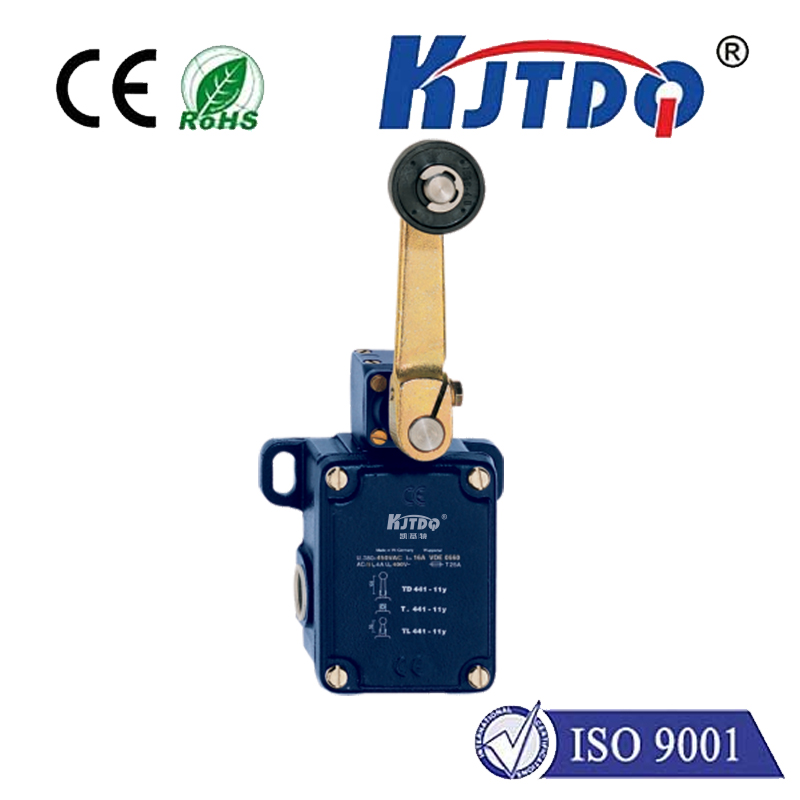simple proximity sensor
- time:2025-06-25 01:01:27
- Click:0
Simple Proximity Sensors: Effortless Detection in Everyday Tech
Ever walked through automatic doors that magically slid open? Or used a faucet that turns on just by waving your hand? Chances are, a small, unsung hero was at work: the simple proximity sensor. These fundamental components are the workhorses of non-contact detection, silently enabling countless conveniences and essential functions in our modern world. Far from complex machinery, their beauty lies in their elegant simplicity, reliability, and cost-effectiveness.
What Exactly is a Simple Proximity Sensor?
At its core, a simple proximity sensor is an electronic device designed to detect the presence or absence of a nearby object without any physical contact. It achieves this by emitting a field or beam (electromagnetic, capacitive, or optical) and monitoring changes in that field caused by an intruding object within its detection range. When an object enters this predefined zone, the sensor triggers an output signal – typically turning a circuit on or off. This non-contact detection is their defining characteristic and key advantage.
Core Types & How They Work (Simplified)

While sophisticated variants exist, the truly simple proximity sensors dominating everyday applications primarily rely on two principles:
- Inductive Proximity Sensors: These are the kings of detecting metallic objects. They contain a coil that generates an oscillating electromagnetic field. When a ferrous (iron-based) or non-ferrous (like aluminum or copper) metal object enters this field, it induces small electrical currents (eddy currents) within the metal. This action disturbs the sensor’s field and changes the oscillation. The sensor’s internal circuitry detects this change and triggers the output. They are robust, immune to dirt/dust/water (within IP ratings), and excel in industrial settings for detecting metal parts, machine position limits, or verifying assembly.
- Capacitive Proximity Sensors: These sensors can detect a much wider range of materials, including metals, liquids, plastics, wood, cardboard, and even granules. They work by creating an electrostatic field between two electrodes (often the sensor face and the internal circuit ground). Any object entering this field alters the sensor’s capacitance (its ability to store an electrical charge). The sensor detects this change in capacitance and activates the output. This versatility makes them ideal for detecting liquid levels in tanks, counting plastic bottles on a conveyor, sensing hands near touchless controls, or confirming non-metallic product presence.
Why “Simple” Matters: Key Advantages
The term simple isn’t a limitation; it highlights their inherent strengths, especially when compared to complex vision systems or sophisticated distance-measuring sensors:
- Reliability & Long Life: With no moving parts and minimal wear mechanisms (especially inductive types), they offer exceptional operational longevity and require little maintenance.
- Robustness: Simple proximity sensors are often built to withstand harsh environments – resistant to vibration, shock, oils, dust, and moisture (check specific IP ratings).
- Cost-Effectiveness: They are relatively inexpensive to manufacture and purchase, making them economical solutions for mass-produced devices and widespread automation.
- Easy Integration & Use: Typically featuring just power, ground, and output signal wires, their installation and connection to control systems (like PLCs or microcontrollers) is straightforward. No complex configuration is usually needed beyond adjusting the detection range (if adjustable) during setup.
- Fast Response Times: They react extremely quickly to the presence or absence of objects, crucial for high-speed automation and safety applications.
- Consistent Operation: Once installed, they provide consistent detection performance unaffected by surface color, texture (within material constraints), or ambient light (for non-optical types).
Where You’ll Find Them: Ubiquitous Applications
Simple proximity sensors are everywhere, quietly performing essential tasks:
- Industrial Automation: Detecting part presence/absence on conveyor belts, verifying machine tool positioning, counting products, safeguarding machinery access zones (safety interlocks), and monitoring liquid/granular levels.
- Consumer Appliances: Touchless faucets & soap dispensers, automatic paper towel dispensers, microwave oven door safety switches, tamper detection in appliances, and position sensing in printers/scanners.
- Automotive Industry: Detecting gear lever position (P/R/N/D), sensing seat occupancy, brake pedal position, proximity keys for keyless entry/start systems (part of the system), and detecting open/closed states (hood, trunk).
- Security Systems: Detecting door/window positions (open/closed), triggering alarms based on unauthorized entry in proximity, and basic motion detection in simpler systems.
- Retail & Vending: Counting items passing a point, detecting dispensing mechanisms, and managing inventory chutes.
- Building Automation: Automatic door openers, hand dryer activation, and toilet flush systems.
Choosing the Right Simple Proximity Sensor
When selecting one, consider these factors for optimal performance:
- Target Material: Is it metal? Choose inductive. Is it plastic, liquid, wood, or non-metal? Choose capacitive.
- Required Sensing Distance (Range): How far away does the object need to be detected? Inductive sensors typically have shorter ranges than capacitive for non-metals, but both have variants offering millimeters to tens of millimeters. Check the sensor’s datasheet.
- Environment: Is it dusty, wet, oily, or exposed to chemicals? Ensure the sensor’s IP rating matches the environment. Inductive sensors generally handle harsher industrial settings better.
- Output Type Needed: Common outputs are NPN, PNP (digital on/off), or sometimes analog. Match this to your controller’s input requirements.
- Size & Mounting: Physical constraints in the application dictate the required sensor size and mounting style (e.g., threaded barrel, flat surface mount).
Conclusion on Simplicity
The simple proximity sensor is a testament to the power of elegant engineering. By focusing on the fundamental task of reliable, non-contact detection using straightforward principles like inductance and capacitance, they deliver unbeatable performance, durability, and value in a vast array of commonplace and critical applications. From ensuring factory efficiency to enabling touchless hygiene, these unassuming components are fundamental building blocks of our automated world. Understanding their core types, strengths, and ideal use cases empowers anyone to effectively implement effortless proximity detection.






